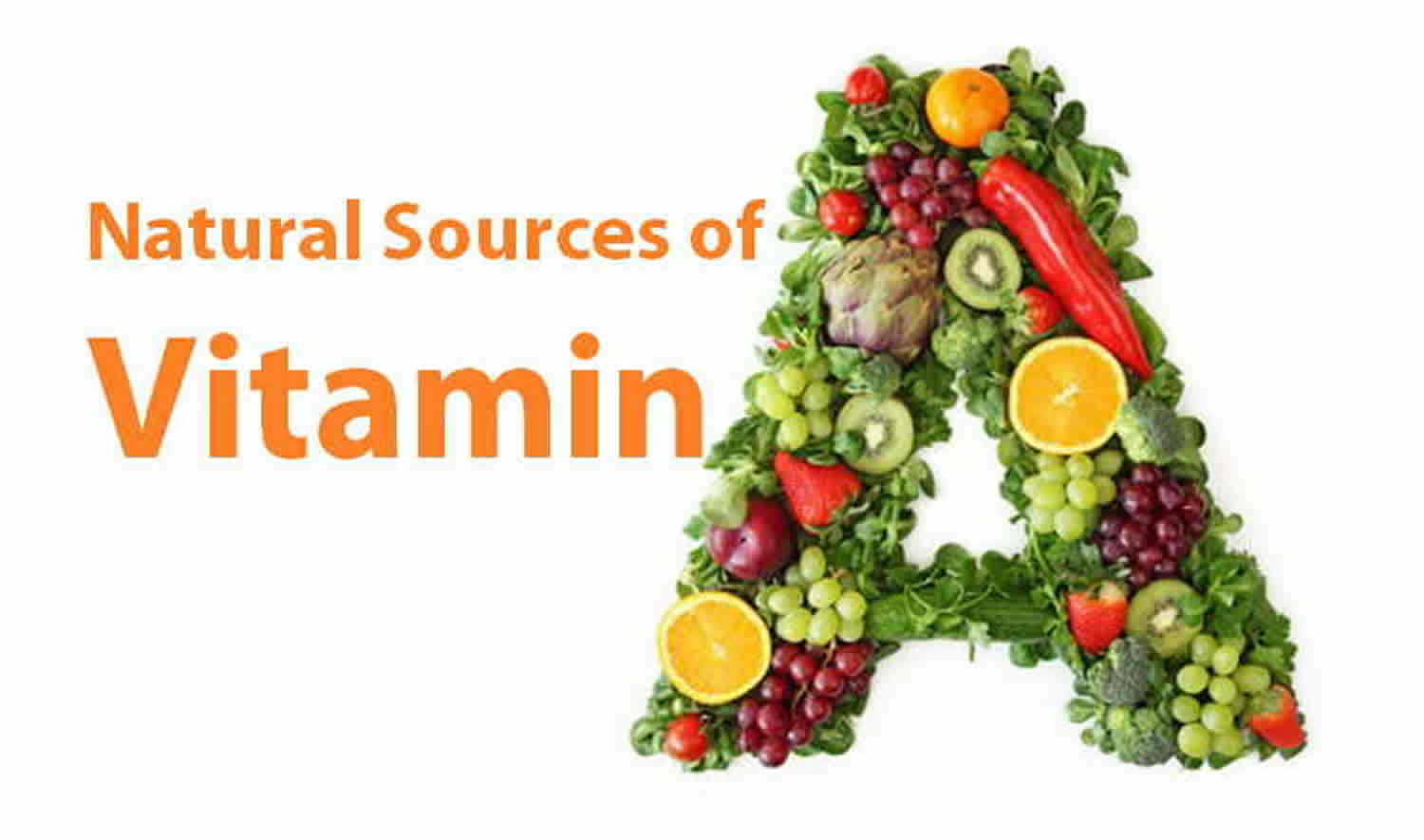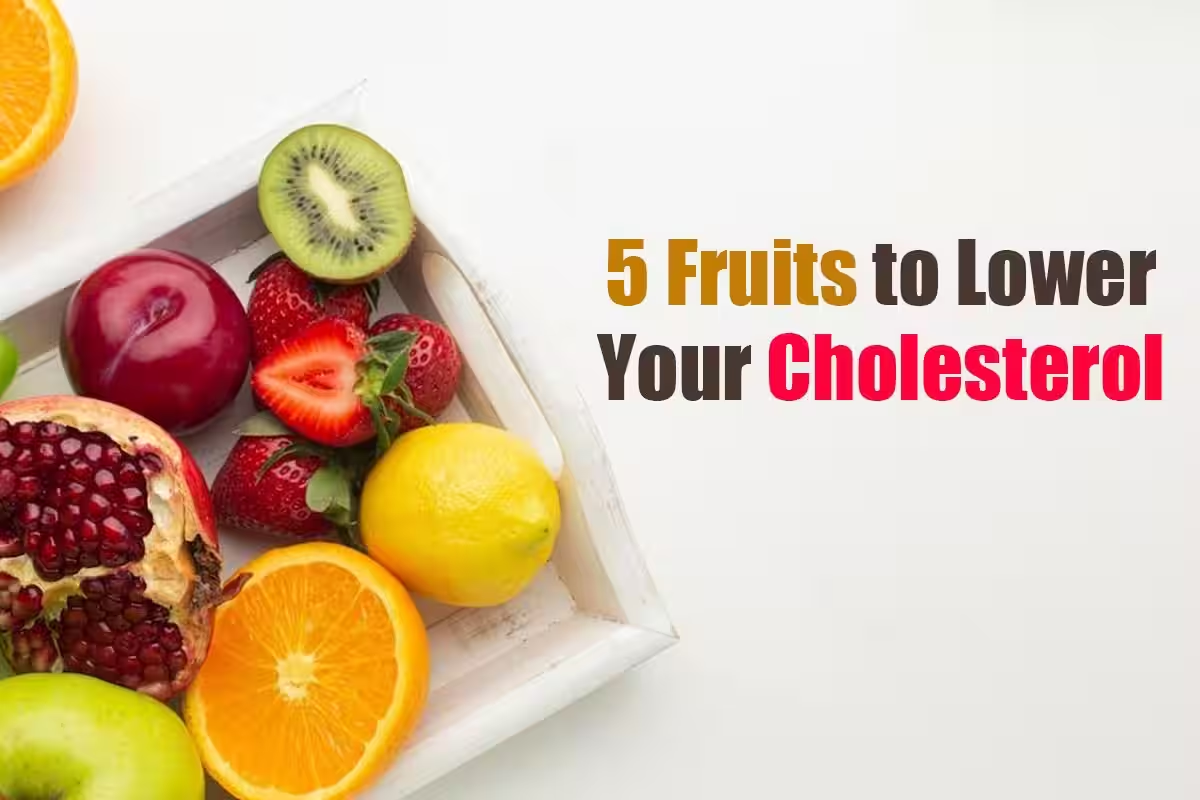
✅ What is Vitamin A?
Vitamin A is a fat-soluble vitamin that plays a vital role in:
- Maintaining healthy vision
- Supporting immune function
- Promoting cell growth
- Ensuring reproductive health
- Supporting skin and hair health
There are two main forms of Vitamin A found in food:
- Preformed Vitamin A (Retinol) – Found in animal products.
- Provitamin A (Beta-carotene) – Found in plant-based foods.
🥩 Animal Sources (Preformed Vitamin A – Retinol)
These are easily absorbed by the body and offer the active form of Vitamin A.
| Food Source | Vitamin A Content (per 100g) | Notes |
|---|---|---|
| Liver (chicken) | 6500–9000 µg | Extremely high – eat occasionally |
| Whole Milk | 68 µg | Good for daily use |
| Butter | 684 µg | Use in moderation |
| Egg Yolk | 149 µg | Rich in nutrients |
| Cheese (cheddar, etc.) | 265 µg | Adds flavor and vitamins |
| Cod Liver Oil | 30,000+ µg (per tbsp) | Very high – use in controlled amounts |
🟡 Tip: Excessive intake from animal sources can lead to toxicity (hypervitaminosis A). Balance your intake.
🥕 Plant-Based Sources (Provitamin A – Beta-Carotene)
These are converted by the body into Vitamin A as needed, and are safer for daily use.
| Food Source | Beta-Carotene (per 100g) | Benefits |
|---|---|---|
| Carrots | 835 µg | Boosts vision, skin |
| Sweet Potatoes | 961 µg | Great for hair, skin, immunity |
| Pumpkin | 851 µg | Helps in skin glow, antioxidant-rich |
| Spinach | 469 µg | Rich in iron and Vitamin A |
| Kale | 681 µg | Detoxifying, rich in Vitamin A & K |
| Red Bell Peppers | 157 µg | Anti-inflammatory, good for eyes |
| Mangoes | 54 µg | Seasonal fruit with multiple vitamins |
| Cantaloupe (Muskmelon) | 169 µg | Refreshing and low-calorie |
| Apricots (Dried) | 360 µg | Sweet snack and rich in fiber |
🟢 Tip: Include at least 1–2 servings of colorful vegetables/fruits daily for adequate beta-carotene intake.
🔄 Conversion & Absorption Tip
To maximize absorption of plant-based Vitamin A:
- Cook lightly (like sautéing spinach or carrots)
- Pair with a healthy fat (olive oil, ghee, avocado)
Example: Carrot salad with lemon juice and olive oil improves Vitamin A absorption.
📊 Recommended Daily Intake
| Group | RDA (µg RAE/day) |
|---|---|
| Adult Men | 900 µg |
| Adult Women | 700 µg |
| Children (1–13) | 300–600 µg |
| Pregnant Women | 770 µg |
| Lactating Women | 1300 µg |
(RAE = Retinol Activity Equivalents)
🚨 Signs of Vitamin A Deficiency
- Night blindness
- Dry or scaly skin
- Weak immunity
- Delayed growth in children
- Frequent infections
❗ Caution: Overdose Risk
- Excess Vitamin A (especially from supplements or animal sources) may lead to:
- Liver damage
- Bone pain
- Headaches
- Blurred vision
- Beta-carotene overdose is less dangerous but may cause orange skin tint (carotenemia).
✅ Summary
| Source Type | Examples | Safety Level | Best For |
|---|---|---|---|
| Animal | Liver, eggs, cheese, milk | Potent, use moderately | Rapid absorption |
| Plant | Carrot, sweet potato, spinach, mango | Safer, everyday use | Long-term intake |





